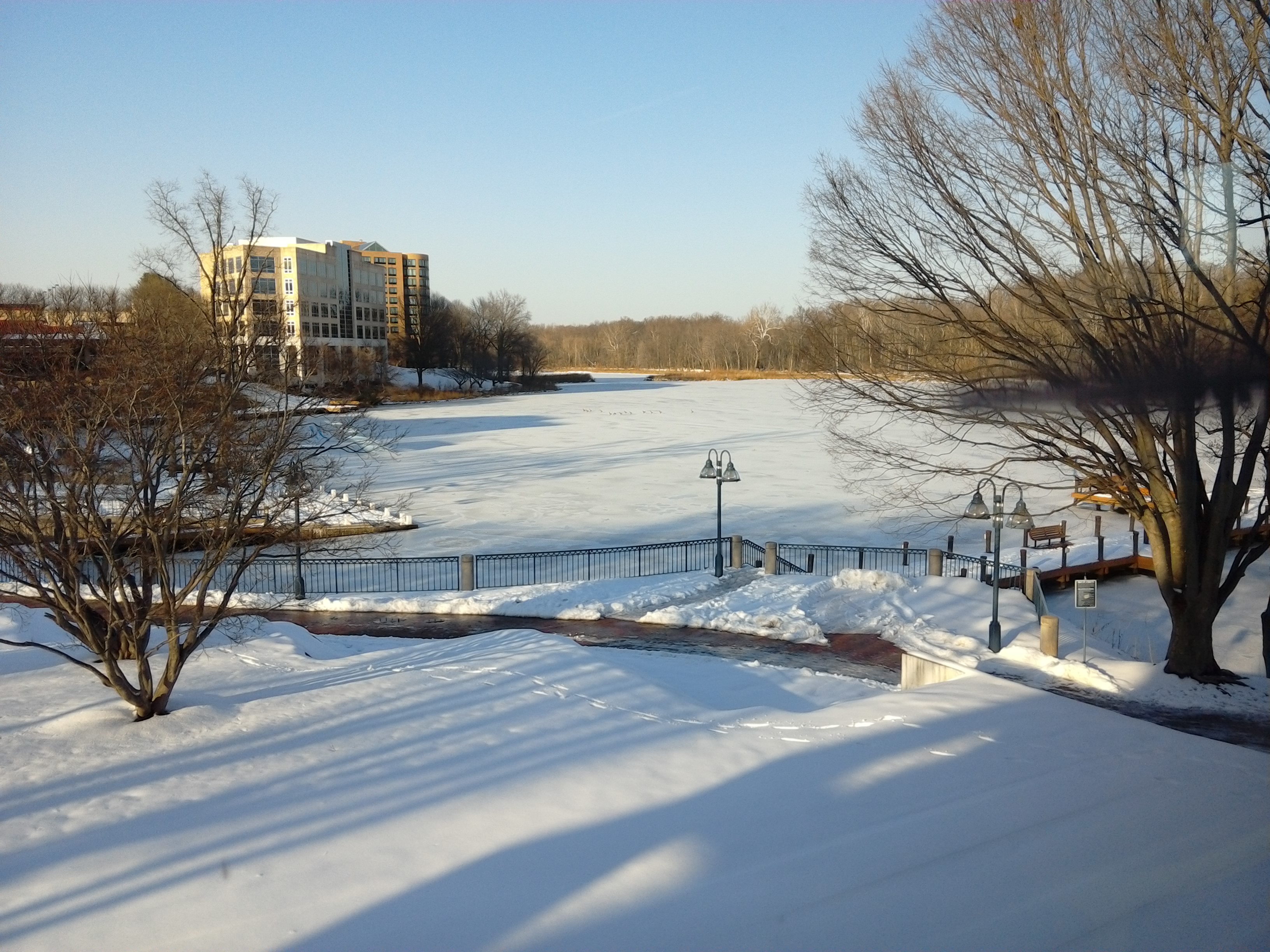If you look very closely, you can see Penguins (or perhaps some other species of bird) marching across the ice.
Disrupting the Borg is expensive and time consuming!
Google Search
-
Recent Posts
- Fact Checking NASA
- Fact Checking Grok
- Fact Checking The New York Times
- New Visitech Features
- Ice-Free Arctic By 2014
- Debt-Free US Treasury Forecast
- Analyzing Big City Crime (Part 2)
- Analyzing Big City Crime
- UK Migration Caused By Global Warming
- Climate Attribution In Greece
- “Brown: ’50 days to save world'”
- The Catastrophic Influence of Bovine Methane Emissions on Extraterrestrial Climate Patterns
- Posting On X
- Seventeen Years Of Fun
- The Importance Of Good Tools
- Temperature Shifts At Blue Hill, MA
- CO2²
- Time Of Observation Bias
- Climate Scamming For Profit
- Climate Scamming For Profit
- Back To The Future
- “records going back to 1961”
- Analyzing Rainfall At Asheville
- Historical Weather Analysis With Visitech
- “American Summers Are Starting to Feel Like Winter”
Recent Comments
- Bob G on Fact Checking NASA
- Bob G on Fact Checking NASA
- Bob G on Fact Checking NASA
- Bob G on Fact Checking NASA
- Jack the Insider on Fact Checking NASA
- arn on Fact Checking NASA
- Bob G on Fact Checking NASA
- arn on Fact Checking NASA
- Bob G on Fact Checking NASA
- conrad ziefle on Fact Checking NASA



Penguins are a smarter than the species in DC.
Don’t see any Cherry blossoms either.
My brother who lives in Waldorf said the cherry trees he has seen are getting ready to bud out. They have had enough Winter.
Last weekend the wild cherry trees I looked at were still dormant except for one. I am in mid NC and the morning low was 19 °F — 20 degrees lower than normal again, although it did get up to 58 °F this afternoon.
As the days become shorter and cooler in fall, deciduous plants stop growing, store energy, lose their leaves and enter a state of dormancy which protects them from the freezing temperatures of winter. Once dormant, a deciduous fruit tree will not resume normal growth, including flowering and fruit set, until it has experienced an amount of cold equal to its minimum “chilling requirement” followed by a certain amount of heat. (Additional factors that affect fruit set include age of tree, nutrition, availability of compatible pollen and weather during bloom.)
Fruit tree chilling requirements can vary widely from one variety to another. In general, excepting the coldest climates (see “Cold Climates” below), for best performance a variety’s chilling requirement should approximately match the amount of chilling normally received where it is planted. Some highly productive varieties, however, will produce well over a wide range of climates and chilling.
If a fruit tree is grown where winter cold is insufficient to satisfy the variety’s chilling requirement, blooming and foliation will be delayed and erratic; fruit set and fruit quality will be poor. Conversely, if a tree is grown where winter cold satisfies its chilling requirement too soon, the end of dormancy and loss of hardiness caused by a warm spell could lead to late-winter freeze damage to the tree and/or a too-early bloom. Subsequent hard frosts could cause crop failure year after year.
http://www.davewilson.com/product-information-general/special-topics/fruit-tree-chilling-requirement
Come to DC and see Penguins and Polar Bears clash in the wild for the first time.
In somewhat surprising news, the Penguins are whipping the Polar Bears asses.
Nice view of Lake Kittamaquandi. No ice fishing I suppose. The birds look a bit like quail.
Yes, when I enlarged it, they did look like partridges or quail.
We had a nice thaw in Milwaukee yesterday.
Did you remember to set your thermometers ahead? We did. Gettin’ ready for the hottest summer on record!